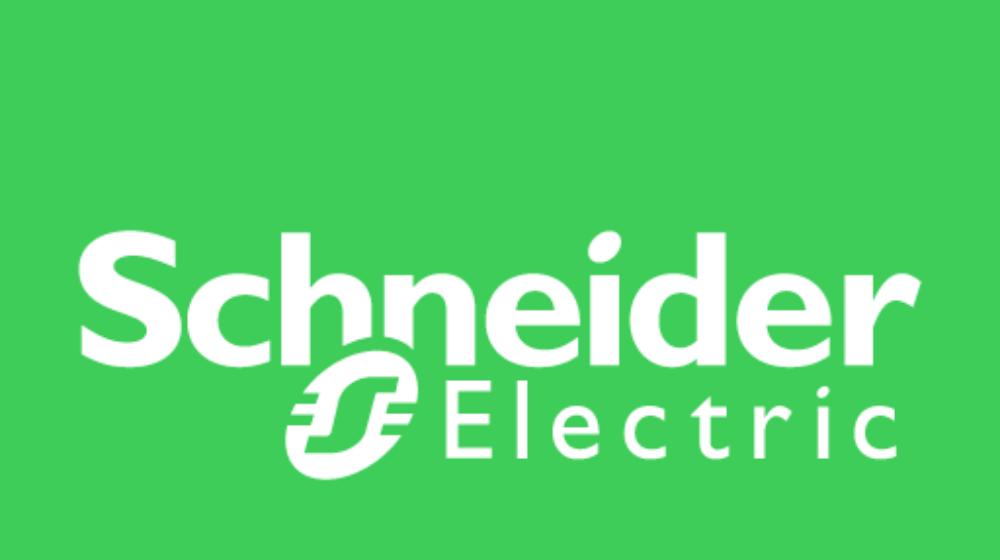“We’re seeing an increased demand for datacentres across the continent. And whilst we’re still an emerging market, it does benefit us as we are today largely implementing tried and tested solutions, benefiting from the lessons learned and growing pains experienced by our peers across the pond,” says Jonathan Duncan, Vice President: Secure Power for Anglophone Africa at Schneider Electric.
The continent also holds its own unique challenges, with reliable power provisions influencing leading datacentre players investments into Africa. Reliable power provision is non-negotiable when establishing and running a datacentre and unfortunately some countries in Africa, including South Africa, cannot always guarantee this crucial requirement, as such, capex requirement and operational costs may be seriously impacted.
“We also suffer a shortage of human capital; skilled datacentre workers are scarce, which re-emphasises the need for creating awareness of this all-important technology space. Datacentres are warehouses of information if you will and we must encourage individuals to pursue careers tailored to the various elements and disciplines within datacentre operations,” he says.
Another pressing issue- that has the potential to hamper datacentre growth in Africa - is renewable energy. Many of the bigger players pursue “sustainability ambitions” and require greener datacentres that often feature microgrids comprised of renewable DER (distributed energy resources) that drive down overall GHG (greenhouse gas) emissions, taking the globe one step closer to carbon neutrality.
“A feasible solution could be to develop datacentres in tandem with renewable energy resources. For example, why not establish solar farms, primarily responsible for providing energy to a new datacentre,” notes Duncan.
The newest microgrid concepts and design can optimise datacentre costs while also enhancing power stability, mitigating exposure to unplanned outages or other disturbances such as load shedding.
When we reach maturity, energy costs should become variable aligned to grid demand and the adoption of microgrids can manage consumption of onsite renewable or stored energy during peak grid demands. Stored energy could also in theory be sold back to the grid when most economical. Thus, consumption of renewable energy can be maximised to meet GHG emissions targets.
Adds Duncan: “While backup power systems – typically comprising diesel-generators and a UPS – are deemed ubiquitous and essential to ensure continuity of service, it is not optimal to be designed to run continuously in consideration of CHG emissions. Moving towards a true microgrid requires alternative energy resources with intelligent control.”
Which brings us to another important element of datacentres, the efficient management thereof. Datacentre Infrastructure Management (DCIM) has now entered its third iteration, aptly called DCIM 3.0.
“We are once again facing new challenges and appear at the start of what could be another 20-year cycle, fast-tracked by the pandemic. Our focus is no longer on the traditional Datacentre but also on all the connection points between the user and applications. Mission-critical infrastructure is everywhere and needs to be running 24/7,” explains Duncan.
“To meet the needs of DCIM 3.0, Schneider Electric’s EcoStruxure IT architecture offers the monitoring, management, planning, and modelling of IT physical infrastructure. It also provides flexible deployment options that include on-premises and cloud-based solutions to support distributed IT environments from a few core sites to thousands of dispersed sites at a global level and scale.”
Ultimately, Africa has the potential to meet datacentre growth head-on, however, investors will have to contemplate these abovementioned hurdles and solutions amongst others to establish a sustainable, future-proofed deployment.
ends



